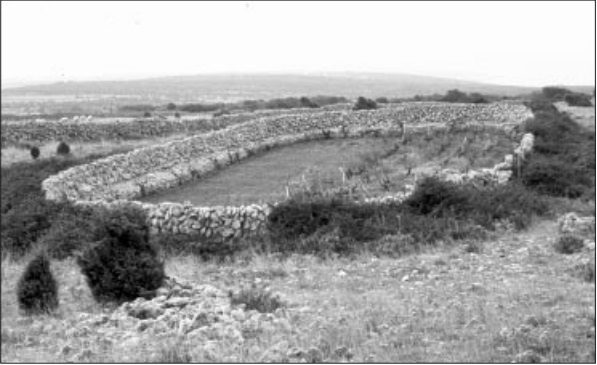Structural Features of Cultural Landscape in the Karst Area (Landscape in Transition)
DOI:
https://doi.org/10.3986/ac.v32i1.372Abstract
Na območju krasa se je v dolgi zgodovinski kontinuiteti razvil svojevrsten krajinski tip, kar je pripisati raznovrstnim podnebnim, geomorfološkim, topografskim kot tudi družbeno-gospodarskim razmeram. To zvrst označuje velika tipološka raznolikost, ki sloni na avtentičnih značilnostih naravnega in kulturnega izvora, nastala pa je kot nasledek uravnotežene gospodarske rabe tal od zgodnjih obdobij dalje. Glavna kvaliteta kraških krajin izvira iz edinstvenih vzorcev rabe prostora, ki pomenijo eno najvrednejših prostorskih dediščin v celotnem Sredozemlju. Toda novejši razvoj, predvsem v družbenogospodarski sferi, je izzval daljnosežne posledice na podeželju, kar močno prizadeva celovitost in tradicionalno skladnost krasa nasploh in njegovih pokrajin posebej. Temeljni namen prispevka je orisati to preobrazbo kot resno grožnjo in veliko izgubo nacionalne kulturne dediščine ter podčrtati odgovornost naše generacije v teh procesih.
During a long historical continuity in the karst area a specific landscape type has evolved due to varied climatic, geomorphological, topographic as well as socio-economic conditions. This is characterized by great typological diversity based on authentic features both of natural and cultural origin. These have occurred as a consequence of balanced economic land-uses from early periods on. The main quality of these landscapes is derived from unique agricultural land-use patterns, which constitute one of the most valuable spatial heritages in the entire Mediterranean. However, the recent evolution, mainly in the socio-economic sphere, generated far-reaching impacts in the rural areas which largely affect the integrity and traditional harmony the karst countryside in general and the landscape in particular. The basic intention of the paper is to outline these transformations as a serious threat and immense loss of the national cultural heritage and to emphasize the great responsibility of this generation in these processes.
Downloads

Downloads
Published
How to Cite
Issue
Section
License
Authors guarantee that the work is their own original creation and does not infringe any statutory or common-law copyright or any proprietary right of any third party. In case of claims by third parties, authors commit their self to defend the interests of the publisher, and shall cover any potential costs.
More in: Submission chapter




